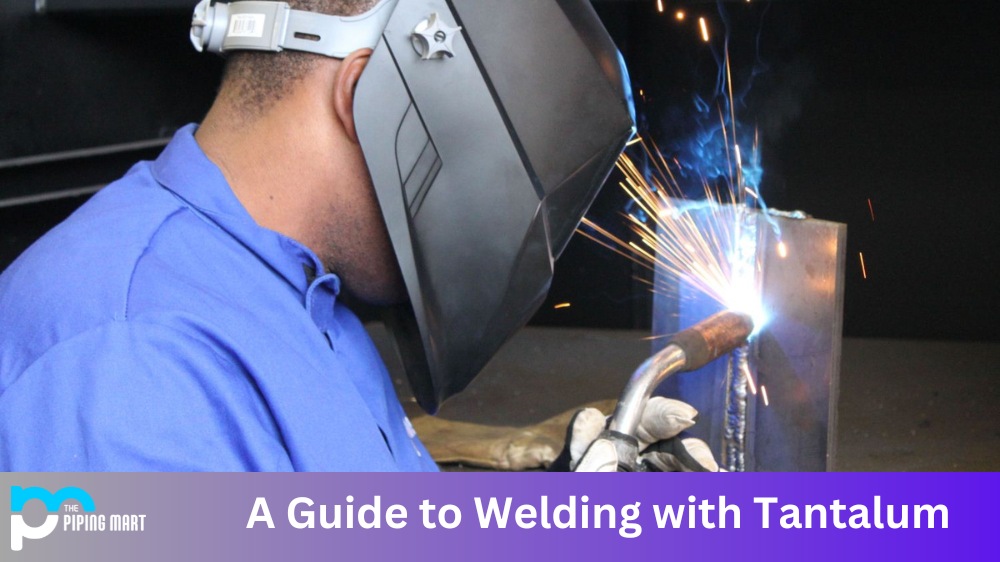Aluminium is among the most sought-after metals due to its versatility and favourable physical properties. The metal is light, has impressive electrical and thermal conductivity, and is highly corrosion-resistant. Over the years, aluminium has become a significant material in various industries such as aerospace, automotive, construction, and packaging. Aluminium alloys are the most commonly used forms of the metal. Two popular alloys you might be familiar with are 2007 and 2011. Albeit similar in many ways, there are some differences between them. This blog post shall delve into those differences comprehensively.
Difference Between Aluminium 2007 and 2011
Chemical Composition
Aluminium 2007 and 2011 share a base comprising aluminium, silicon, iron, copper, and manganese. However, the composition percentage between the two differs slightly. Aluminium 2007 has a higher percentage of copper and iron, while aluminium 2011 has more magnate. A high copper and iron content in the 2007 alloy implies higher strength and hardness. Magnate, on the other hand, enhances the alloy’s machinability. If you require better machinability, aluminium 2011 would be an ideal choice.
Physical Properties
The differences in the chemical composition of 2007 and 2011 alloys affect the metals’ physical properties. Aluminium 2007 is more rigid and has a greater strength-to-weight ratio than 2011. This alloy is also highly resistant to wear and tear, making it ideal for heavy-duty applications, such as gas turbine components. On the other hand, Aluminium 2011 has excellent machinability, and its free-cutting properties make it useful in manufacturing intricate components.
Welding
Weldability is another critical difference between the two alloys. Aluminium 2011 has excellent weldability, allowing for bonding with other materials easily. However, aluminium 2007 is more challenging to weld, and using it could mean difficulties during the assembly phase. Welders opt to use 2007 alloy in applications that require a high strength-to-weight ratio and can overlook the welding limitations.
Corrosion Resistance
Corrosion resistance is the ability of a material to withstand deterioration due to chemical reactions with the environment. The presence of copper in aluminium 2007 alloy makes it better suited for applications that require high corrosion resistance. In contrast, Aluminium 2011 may be better in environments with general metal degradation.
Cost Implications
Costs are always a vital consideration when choosing a metal alloy. The price difference between aluminium 2007 and 2011 might seem minimal; however, it can significantly affect the manufacturing and production phases. Aluminium 2007 is more expensive than aluminium 2011, so if you are on a budget, 2011 could be a better choice. However, if you require high-strength applications, you should be willing to pay the extra cost that 2007 brings.
Conclusion
Aluminium 2007 and 2011 are both popular alloys and have many applications. Their chemical composition affects their physical properties, machinability, weldability, and cost implications. When choosing between the two, it’s essential to consider the application’s environment, strength requirements, and production costs. Understanding the differences between the two alloys will help you choose the best one for your intended use.

A passionate metal industry expert and blogger. With over 5 years of experience in the field, Palak brings a wealth of knowledge and insight to her writing. Whether discussing the latest trends in the metal industry or sharing tips, she is dedicated to helping others succeed in the metal industry.




